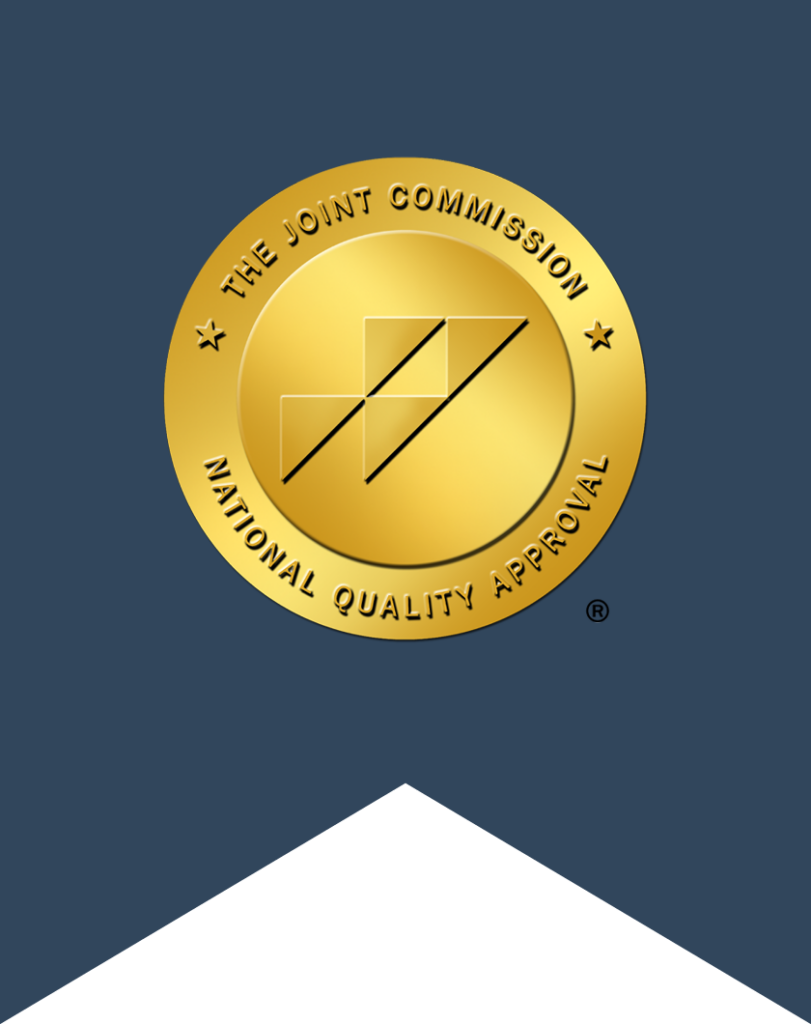Drug abuse can come in many forms, but one common factor is that it harms your health. The effects of drug abuse can be severe and long lasting, depending on the duration of the addiction. We’re going to focus on the way that drug abuse affects the joints of your body, those points of movement where two or more bones meet. Without functioning joints, we would be stiff and unable to move. Drug abuse can interfere with our joints’ ability to perform.
Drug Abuse and Your Joints
The effects of drug abuse are not always immediately evident, and this is the case when it comes to your joints. You may not realize that there’s a problem until it has been going on for some time. Joint pain is unpleasant and difficult to deal with, in addition to the other effects of drug abuse on your body. Intravenous drug users in particular are at an increased risk for joint damage.
Osteomyelitis
Osteomyelitis is a bone infection that can spread to affect the surrounding soft tissue and joints. Swelling of the bone marrow can cut off the blood supply to the bone, which can cause the bone to die. Infection can be a result of several factors, including intravenous drug abuse. About 20 to 30 percent of people with osteomyelitis have recurrence within 2 years, even with treatment.
Septic arthritis
Septic arthritis, also known as infectious arthritis, is an infection of at least one of the body’s joints by microorganisms in the joint fluid. Intravenous drug users are considered a high-risk group for septic arthritis, and are prone to contracting it through bacteria like E. coli and pseudomonas spp. Symptoms include fever, joint pain, swelling, and stiffness. It can affect joints such as the knees, hips, clavicle, or ankles. Typical treatment is by oral antibiotics and drainage. People with reduced immune systems, such as those who abuse drugs, face a longer, more difficult recovery period.
Withdrawal symptoms
The effects of drug abuse continue to be present throughout the early stages of recovery and longer. Perhaps one of the most noticeable times is during withdrawal, which is often the first step in treatment. Withdrawal symptoms include nausea, cold sweats, and muscle and joint pain. The type of drug most commonly abused, along with the length of the addiction and general physical health of the individual, will factor into the specific withdrawal symptoms experienced by each person.
To protect yourself from the effects of drug abuse, seek treatment as early as possible. It is not necessary to hit rock bottom in order to benefit from treatment.
If you or someone you love is suffering from the effects of alcohol abuse, substance addiction or any other type of addiction, please call us today. Our addiction treatment counselors can help you deal with physical, emotional and psychological consequences of drug and alcohol abuse. A substance abuse treatment program is effective, safe and has helped many men reclaim their lives. Destination Hope is a full service drug, alcohol and dual diagnosis treatment facility in Florida for men suffering from substance abuse and mental health issues.
